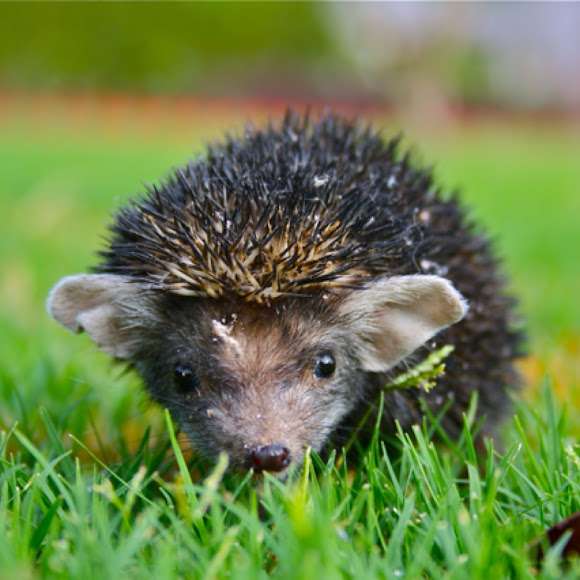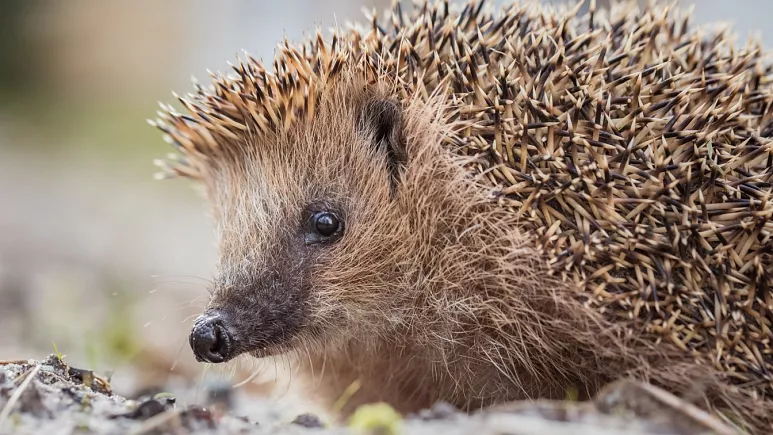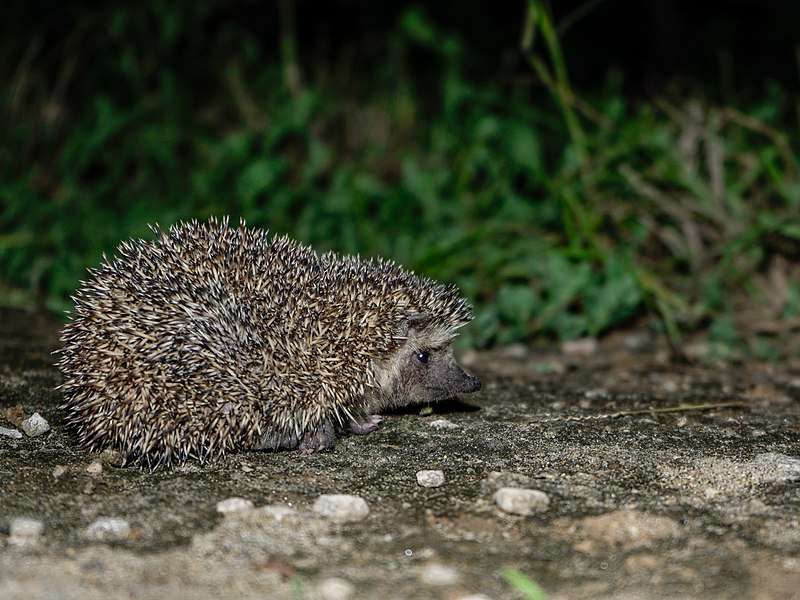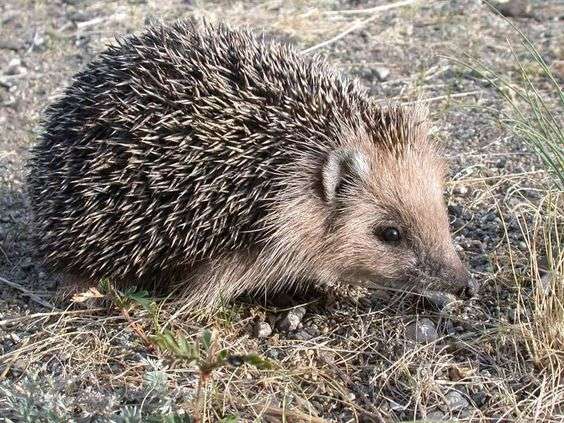
Description
Scientific Name: Hemiechinus collaris
Lifespan: over 7 years
Small mammals include the Indian long-eared hedgehog (Hemiechinus collaris).It is a nocturnal creature that frequently inhabits burrows. It has spines on its back that are encased in a muscular sheath, as the majority of hedgehogs do. The animal can use this sheath to create a bag-like enclosure as cover. It can also raise its spines as additional defense against predators. Due to its big ears, eyes, and whiskers next to its snout, the Indian long-eared hedgehog possesses a highly developed set of senses. They use these senses, particularly smell, to locate food and/or potential partners.
Habitat
The Indian Long-Eared Hedgehog can be found in Pakistan (North West Frontier Province, Punjab, and Sindh) as well as India (Gujarat, Rajasthan, and Uttar Pradesh). It has very cold weather in December and January and extremely hot temperatures in May and June.
Behavior
Indian Long-Eared Hedgehogs only emerge at night. As a result, they are active at night and typically rest during the day. The Indian Long-Eared Hedgehog does not frequently go hunting or mate during the day.
Indian Long-Eared Hedgehogs reproduce in the summer, speaking of mating. Females of the species have a breeding season that lasts from April to August, while males have a breeding season that lasts an additional month, from March to August.
The mating ritual of Indian Long-Eared Hedgehogs, which involves the male executing a very intricate dance around the female for a few days before to breeding, is one of the species’ most intriguing behaviors.
As Pet

Feeding
Due to their nutritional value and ability to keep dry, insects make up a large portion of the Indian Long-Eared Hedgehog’s diet. A combination of fresh insects is therefore the greatest food source for Indian Long-Eared Hedgehogs. Additionally, you may get specialized hedgehog food from some pet shops and online merchants, but you must make sure that it is made especially for Indian Long-Eared Hedgehogs.
In addition, you should pay close attention to the amount of water in any food that you offer your Indian Long-Eared Hedgehog. As we have established, the Indian Long-Eared Hedgehog obtains the majority of its hydration from insects in the environment.
You should probably include a convenient dish of water to your Indian Long-Eared Hedgehog’s diet if you are feeding it anything other than non-dried insects.
Enclosures
Make sure that your Indian Long-Eared Hedgehog has a cozy and acceptable enclosure to live in before you do anything else. Hedgehogs, in contrast to domesticated cats and dogs, are still exceptionally well-adapted to survive in the wild. Particularly Indian Long-Eared Hedgehogs are accustomed to foraging through deserts in scorching heat.
Therefore, your hedgehog’s physical or mental health won’t be improved by an indoor habitat. Instead, you should keep your hedgehog outside of your house in a cage, crate, or other enclosure. The only time you might need to bring your hedgehog inside is if it loses a lot of weight during the winter since then it might not be able to protect itself from the cold.
Again, though, Indian Long-Eared Hedgehogs are more resistant to the cold than the majority of hedgehog species, so this shouldn’t be a problem unless you’re not feeding your hedgehog enough or it has an underlying medical condition.
Table





